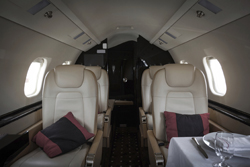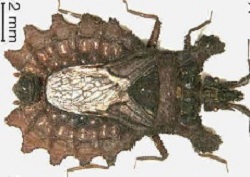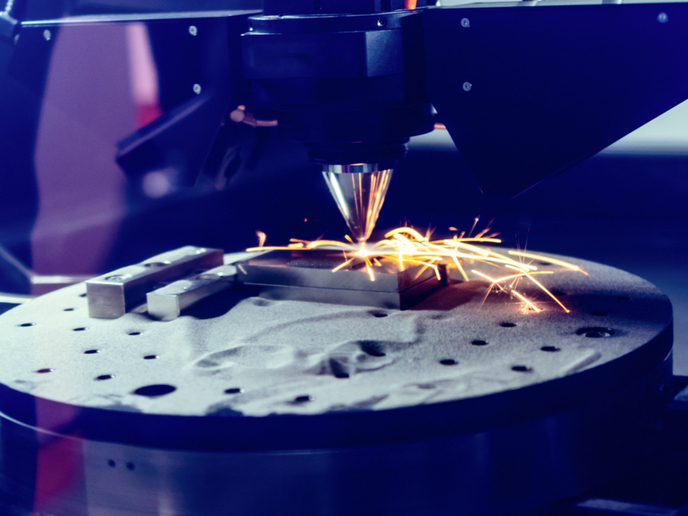Aircraft composites’ produced cheaper
Carbon fibre-reinforced plastics (CFRPs) are increasingly employed in the production of aircraft structures. CFRPs have high strength-to-weight ratio resulting in high mechanical performance with reduced fuel consumption and emissions. Current long-range aircraft have utilised CFRP structures produced primarily with costly state-of-the-art manufacturing processes. The EU-funded project 'Industrialization of manufacturing technologies for composite profiles for aerospace applications' (IMAC-PRO) developed cost-effective CFRP stiffener production chains. Their focus was on two types of aircraft structures: the stringers (longitudinal stiffening elements) of the fuselage, and frames and beams. Three different technologies were developed for stringer pre-forming. A discontinuous hot pressing (HP) process was employed to form non-crimped fabric material. Scientists also developed a fibre patch pre-forming (FPP) production route for an integrated pre-form tape made from single patches cut from unidirectional (UD) glass tapes to be formed into a T-stringer. Finally, they developed a pre-form for curved stringers consisting of stringers made from tubular braided sleeves. Pultrusion and infusion technologies were investigated for curing of stringers. Although HP technology is quite mature, FPP has more potential for high-volume production due to faster production speeds. Two heavy profiles, a JF-frame and a C-beam, were selected for development of pre-forming appropriate for frame and beam manufacture. UD braiding technology for the manufacture of textile-based composites is the preferred pre-forming technique to avoid the limitations of prepreg (pre-impregnated fibres for which a matrix is already present). UD-braided pre-forms are produced from dry carbon fibre. The pre-forms are then resin-infused, cured and finished. New curing tools were produced for each profile using novel technology enabling a very short infusion time before closing the mould for wetting and curing. The UD technology was shown to be highly effective at producing complex curved pre-forms cost-effectively with minimal scrap. Frames, stringers and floor beams are important light-weight structures with high stiffness and strength that are largely responsible for the aerodynamic shape of an aircraft. Optimised design and cost-effective manufacturing of such components as demonstrated within the IMAC-PRO project will have major impact on the competitiveness of the EU aerospace industry.







